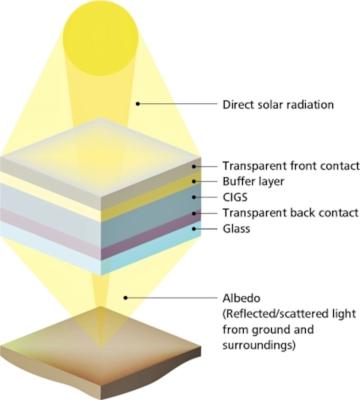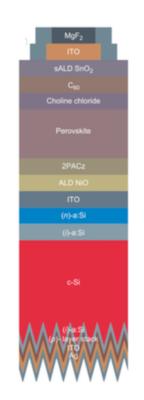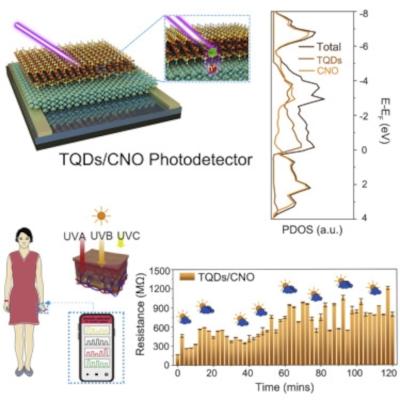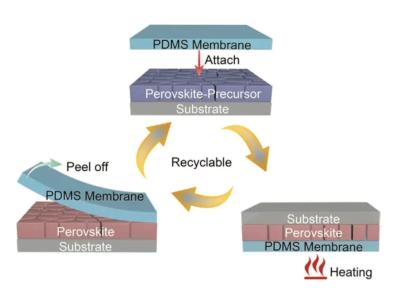Neodymium ions could protect perovskite solar cells from degradation
An international research collaboration that was led by UCLA and included teams from Marmara University in Turkey, Sungkyunkwan University in Korea, Dalian University of Technology and Westlake University in China, Washington State University, UC Irvine and Washington University in St. Louis, has developed a way to use perovskites in solar cells while protecting it from the conditions that cause it to deteriorate.
The scientists added small quantities of neodymium ions directly to the perovskite. They found not only that the augmented perovskite was much more durable when exposed to light and heat, but also that it converted light to electricity more efficiently.





